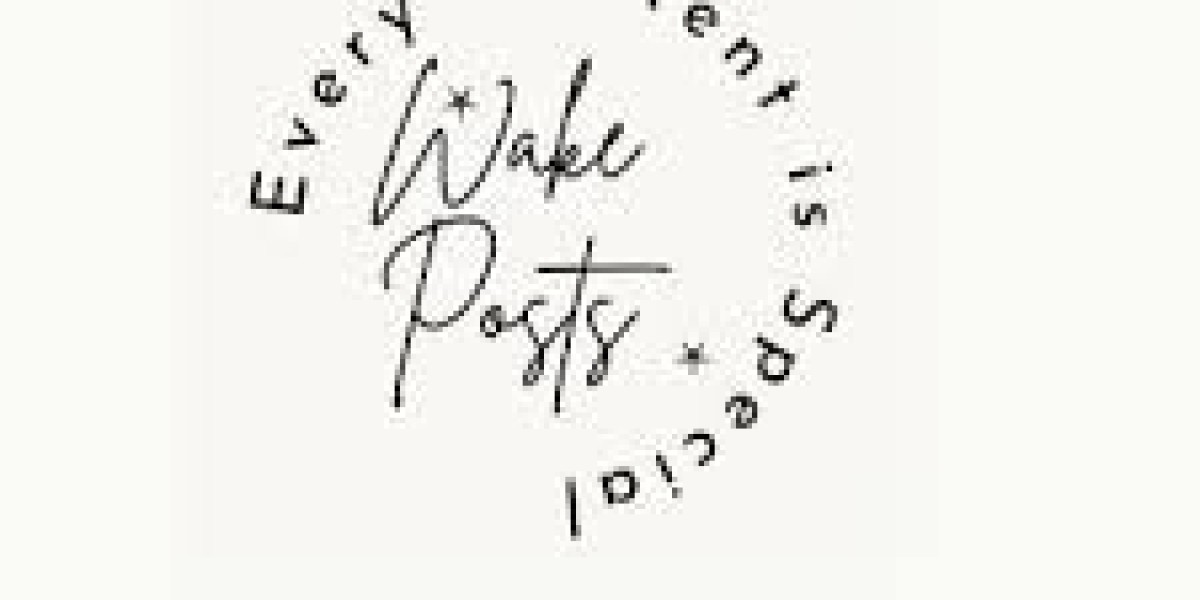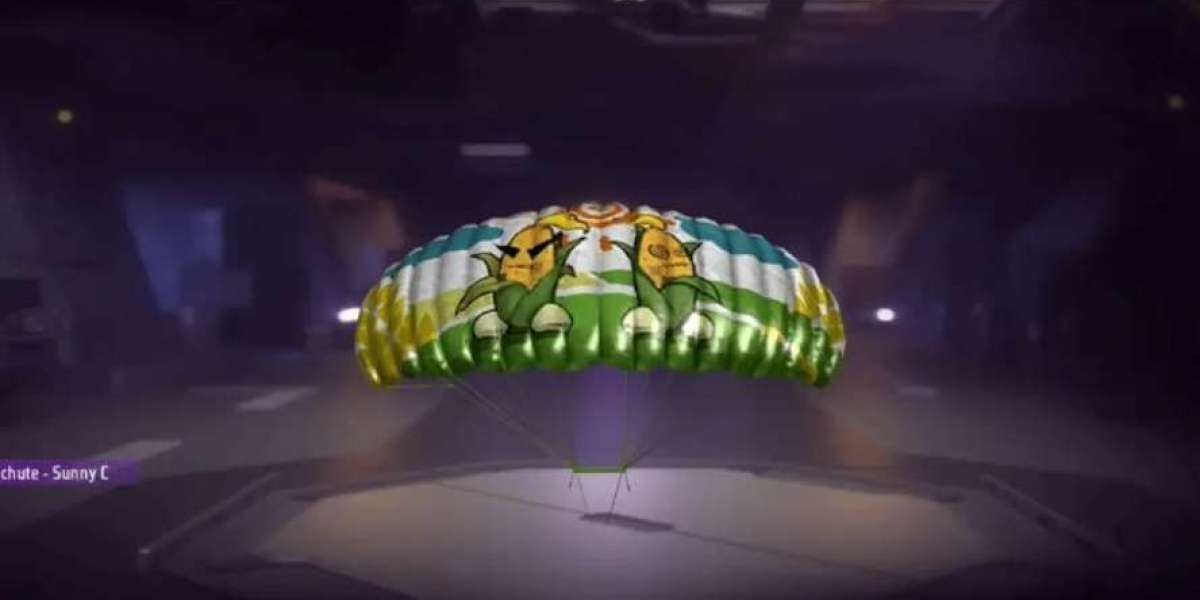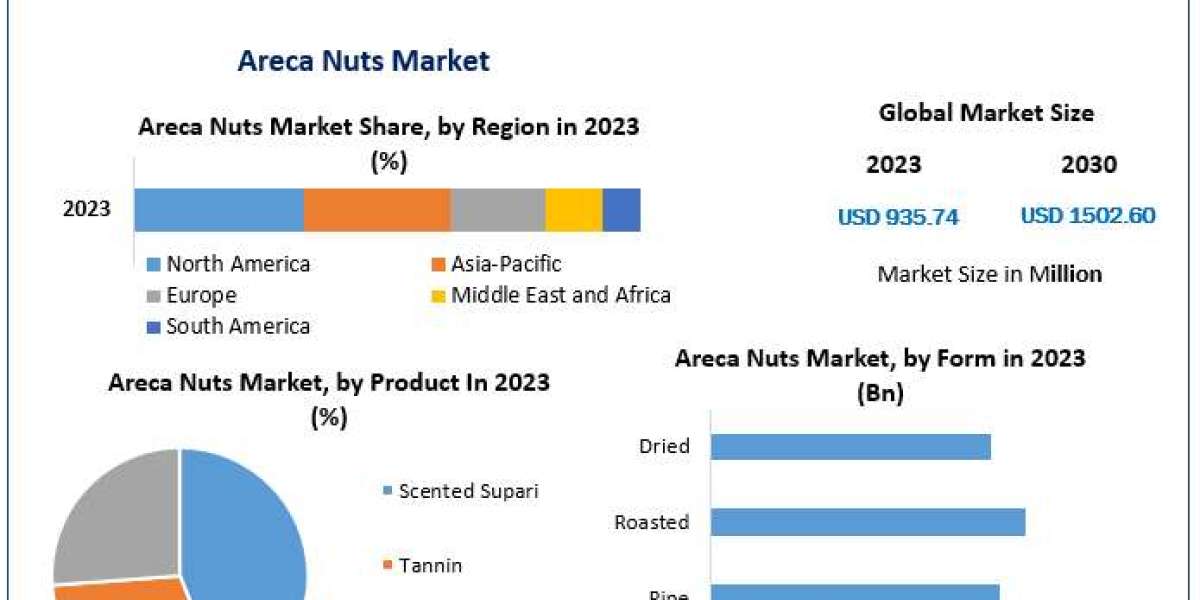Roses are red, violets are blue, we've all heard these classic lines before. The simple yet captivating structure of "roses are red, violets are blue" has become a staple in the world of poetry, capturing the hearts and imaginations of countless individuals. In this article, we delve into the timeless charm of these poems, exploring their origins, variations, and enduring popularity.
The origins of "roses are red violets are blue poems" can be traced back to a traditional English nursery rhyme dating back to the 18th century. The earliest known variation of this rhyme was found in a collection called "Gammer Gurton's Garland" published in 1784. The lines read, "The rose is red, the violet's blue, The honey's sweet, and so are you." It is believed that these verses served as an inspiration for the modern version we know today.
The simplicity of the rhyme scheme and the contrasting colors of red and blue create a vivid imagery that resonates with readers. The use of nature-based metaphors, such as roses and violets, adds a touch of romance and beauty to the verses. The poems often follow an AABB rhyme scheme, with the first and second lines rhyming, and the third and fourth lines rhyming as well.
Over the years, "roses are red violets are blue poems" has evolved into a poetic form that allows for creative expression and personalization. While the traditional version follows a strict structure, contemporary poets have taken liberties to add their own twists and variations. This has resulted in an array of charming and often humorous adaptations that continue to captivate readers.
One common variation of the poem involves incorporating humor or unexpected elements into the verses. For example, "Roses are red, violets are blue, sugar is sweet, and so are you, but the roses are wilting, the violets are dead, the sugar bowl's empty, and so is your head." This playful twist injects a dose of lightheartedness and wit, making the poem more engaging and entertaining.
Another popular trend is using "roses are red, violets are blue" as a starting point for expressing emotions or conveying personal messages. These personalized poems often revolve around themes of love, friendship, and even social commentary. By using the familiar structure, poets can tap into a shared cultural understanding while infusing their own thoughts and sentiments.
In recent years, social media platforms have played a significant role in the resurgence of "roses are red, violets are blue" poems. People have taken to Twitter, Instagram, and other platforms to share their own renditions of the classic verses. The brevity and simplicity of these poems make them perfect for sharing in the fast-paced world of social media, and they often serve as a creative outlet for self-expression and connection.
The enduring popularity of "roses are red, violets are blue" poems can be attributed to their accessibility and versatility. Whether written by renowned poets or shared among friends, these verses have a universal appeal that transcends time and cultural boundaries. They evoke emotions, tell stories, and serve as a reminder of the power of words to capture our hearts and minds.
In conclusion, the timeless charm of "roses are red violets are blue poems" poems lies in their simplicity, versatility, and ability to evoke emotions. From their humble origins in traditional nursery rhymes to their vibrant presence in contemporary culture, these poems continue to captivate audiences around the world.






